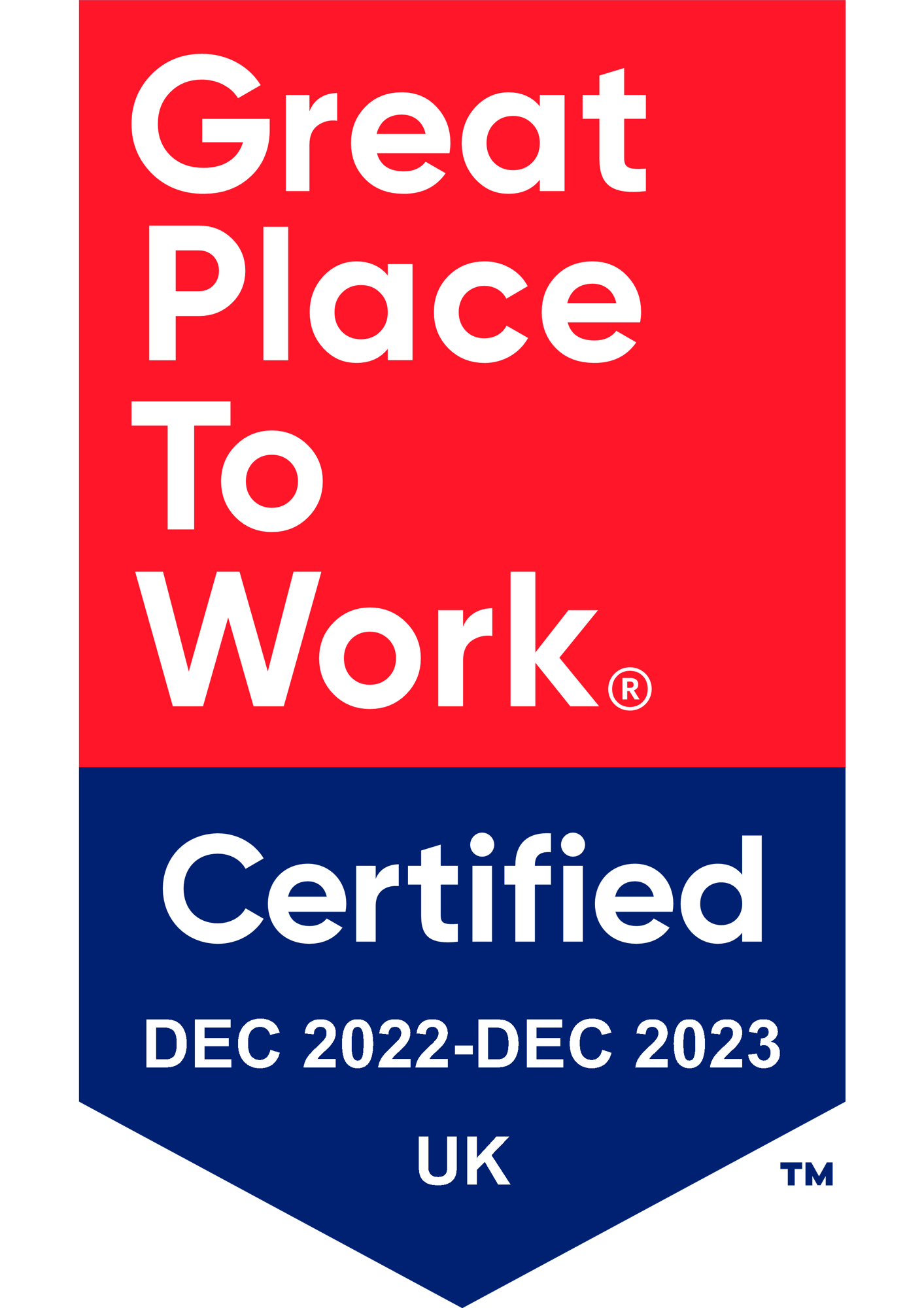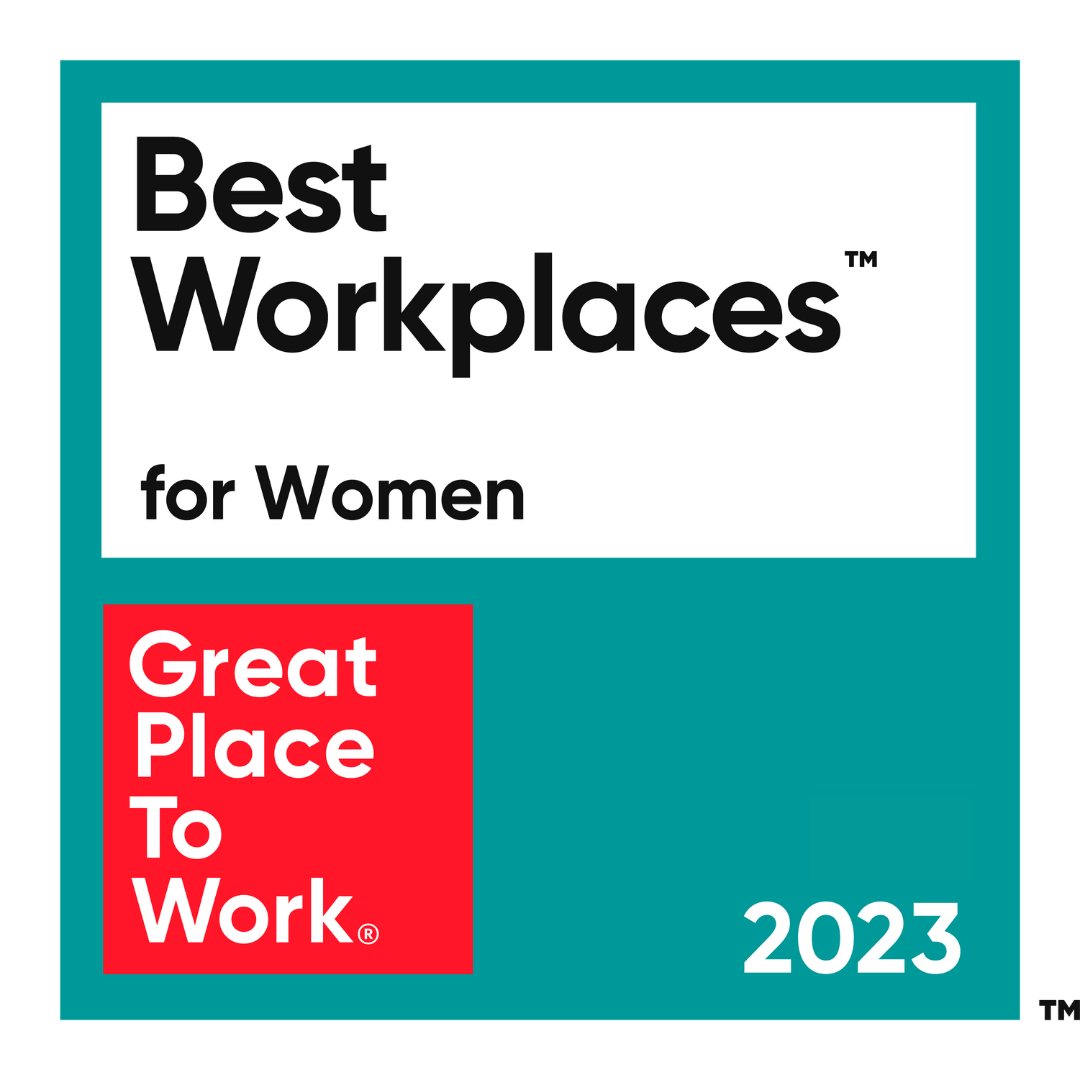The agency landscape will change more in the next 5 years than in the last 25.
Driven by disruption from AI and disintermediation in the advertising market from tech like Google, Meta and Amazon, the traditional advertising holding companies like WPP, Publicis and Omnicom (and their smaller peers) are under a threat and fight for survival like never before.
In a recent special edition of #MediaSnack, we look ahead 12 months and 5 years to give you our predictions of what’s going to change, who will win and lose and a few surprises along the way.
Let’s consider the broader picture of the global media agency landscape and what’s likely to happen next. Over the past few years, we’ve talked about WPP’s leadership changes and Omnicom’s movements, but now, we’re witnessing what we call a Red Ocean: a competitive market where only the most adaptable players will thrive.
We’re sharing our perspective not only on where the industry stands today but also on what the next 12 months (and even the next 5 years) could look like. Some of these predictions may seem bold, but we believe they’re both plausible and urgent.
The Titans: Platforms and Holding Companies
At the left of today’s media power map stand the Big Three platforms: Meta, Google, and Amazon; they’re so dominant they now receive 60–70% of global media spend. They’ve gone from suppliers to being the marketplace itself, shaping the dynamics that every other player must respond to.
In the middle we have the six major holding companies: WPP, Publicis, Omnicom, IPG, Havas, and Dentsu. These firms are in transition, trying to respond to platform dominance while sustaining their profitability.
At the fringe, we have independent challengers like Stagwell, Horizon, and Crossmedia, and content gatekeepers like Netflix, the NFL, and YouTube. These players shape how and where consumers engage.
Omnicom + IPG: A Merger That Changes Everything
One of the most seismic shifts reshaping the horizon is Omnicom’s potential acquisition of IPG. Not only would IPG disappear as a standalone brand, but the combination of Omni (Omnicom), Flywheel, and Axiom (IPG’s data asset) would create a powerful, vertically integrated force.
If the deal proceeds, Omnicom would leapfrog WPP and Publicis, becoming the largest of the Big Three holding companies by revenue, scope, and influence. Scale now matters more than ever, not only for negotiating with platforms but also for pursuing principle-based media buying, which is fast becoming the dominant (and most profitable) agency business model.
The Rise of Sales-Driven Agencies
Historically, agencies have served as agents for brands… but that model is eroding. Today’s major holding companies are evolving into sales businesses, buying media and reselling it at a margin, which is a model often dubbed “principle-based buying” or arbitrage. We believe this is already the majority of their profit and will soon be the majority of their revenue.
This evolution raises a critical question for marketers: Can a company that profits by selling media truly offer unbiased strategic planning? Many CMOs are reconsidering this and starting to separate media planning (strategic insight) from media buying (execution), often turning to independent consultants or building strategic capabilities in-house.
The Red Ocean: Winners, Losers, and a Wild Card
So what happens to the others? We think that Havas, Dentsu, Stagwell, and Horizon face a fork in the road. Unless they choose a bold direction, they risk being squeezed out. Which is where we see the wild card come in: Accenture.
Accenture, especially through its Accenture Song division, has long had the relationships, the institutional knowledge, and the resources to shake up this market. Imagine if Accenture acquires one of the mid-tier holding companies, or even WPP. Their ability to operate a transparent, data-led, and tech-forward business model without the margin opacity of arbitrage gives them a strategic edge.
And if we really think about it: a four-player landscape (Omnicom, WPP, Publicis, and Accenture) suddenly looks very realistic. And each would need to secure exclusive relationships with major content owners like Netflix, the NFL, or YouTube, turning agency groups into gateways to premium audiences.
What does this mean for Advertisers?
For advertisers, the implications are vast:
- Expect fewer, bigger agency players dominating the landscape.
- Be wary of opaque buying practices. Look for transparency and independent verification.
- Consider separating strategy from buying, to ensure impartial planning that puts your brand’s goals first.
- Explore non-exclusive contracts with multiple holding companies to gain broader content access and flexibility.
- Think now about your internal media capabilities, because how you structure your teams could make all the difference.
Final Thought
At ID Comms, we help brands and procurement leaders navigate these transformations with clarity and confidence. If you’re wondering how these shifts might affect your media strategy, let’s talk.
Catch the full episode of #MediaSnack here:





COMMENTS